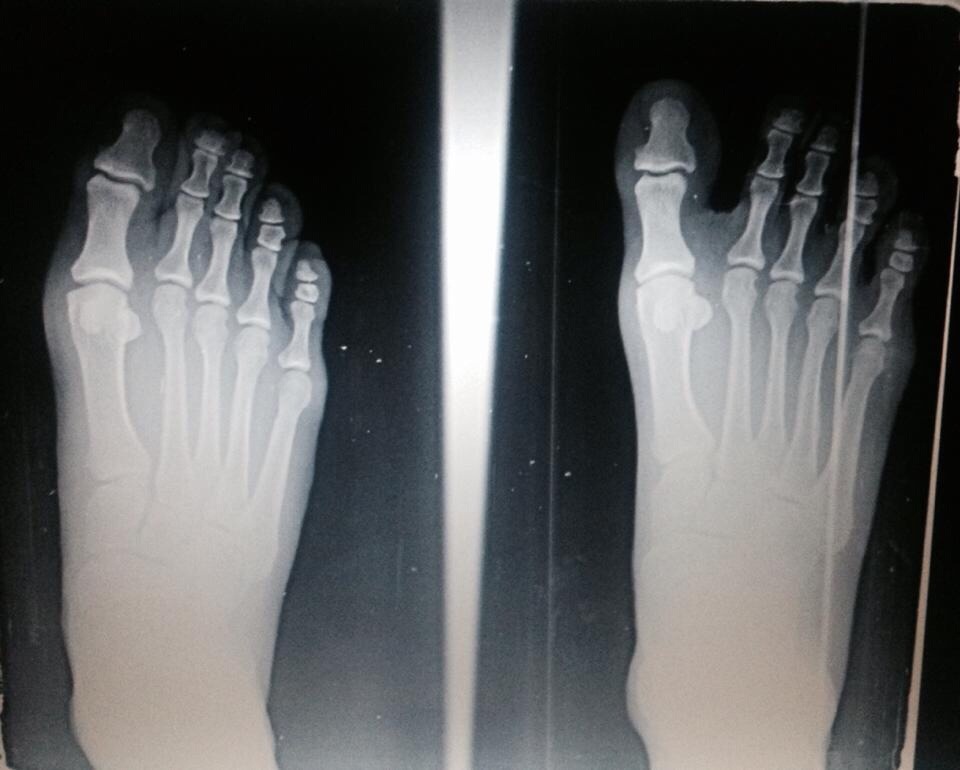How to select a running shoe.
On March 31, 2014, the American College of Sports Medicine released this paper/brochure discussing what to look for in a running shoe.
The American College of Sports Medicine is the largest sports medicine and exercise science organization in the world. With more than 45,000 members and certified professionals worldwide, ACSM is dedicated to advancing and integrating scientific research to provide educational and practical applications of exercise science and sports medicine.
If you read any of my blog posts on www.drnicksrunningblog.com, this is the one to read! Print this brochure and hand it out to all of your running buddies!
For the past four years I have helped with the movement of transitioning away from motion control running shoes and orthotics and it’s great to see the ACSM has accepted this philosophy. Unfortunately my governing bodies – The American Podiatric Medical Association and the American Academy of Podiatric Sports Medicine, have not agreed with this and followed suit. I have made attempts and some of my papers were published by these organizations only to spark criticism and controversy from the other members. I was ridiculed for representing the American Academy of Podiatric Sports Medicine in this article as it did not advocate the use of orthotics and shoe gear to treat or reduce running injuries. It has taken time but we are finally seeing a change and I am glad to be a part of it. Hopefully this July when I lecture at the National Meeting for The American Podiatric Medical Association on barefoot running I can change the thought processes of my colleagues. Focus on the runner, not the SHOE!
Here are some highlights of the article.
Be aware that all runners pronate, or drop the foot inward. Pronation is a normal foot motion during walking and running. Pronation alone should not be a reason to select a running shoe. Runners may be told while shopping that because pronation is occurring, a shoe with arch support is best. In fact, the opposite may be true. Pronation should occur and is a natural shock absorber. Stopping pronation with materials in the shoes may actually cause foot or knee problems to develop.
Shoe Qualities to Avoid:
• High, thick cushioning: Soft cushioning may actually encourage runners to adopt worse biomechanics and land with greater impact than shoes with less cushioning.
• Shoes that have a high heel cushion and low forefoot cushion (a “high profile shoe”, or a high heel to toe drop)
• Extra arch support inserts or store based orthotics. These items are often not necessary. Orthotics should be considered temporary fixes (<6-8 weeks) until foot strength is increased. A therapist can help you with exercises that can strengthen the foot so that you do not need arch supports on a daily basis.
click here to download a pdf of the brochure seen below
Related Posts
-
 Foot x-rays revealing structural changes from transitioning to a minimalist shoe.
12 Comments | Jul 22, 2014
Foot x-rays revealing structural changes from transitioning to a minimalist shoe.
12 Comments | Jul 22, 2014 -
 Interview with Dr. Nick Campitelli. The Barefoot Advocate Talks Shoes, Running, and Foot Health.
No Comments | May 29, 2012
Interview with Dr. Nick Campitelli. The Barefoot Advocate Talks Shoes, Running, and Foot Health.
No Comments | May 29, 2012 -
 Evidence against prescribing running shoes based on the motion control paradigm.
1 Comment | Sep 17, 2012
Evidence against prescribing running shoes based on the motion control paradigm.
1 Comment | Sep 17, 2012 -
 My response to the “Myths of Running” Article in the New York Times.
No Comments | Oct 25, 2012
My response to the “Myths of Running” Article in the New York Times.
No Comments | Oct 25, 2012
About The Author
Dr. Nick Campitelli
Dr. Campitelli is a podiatrist in Akron, OH specializing in foot and ankle surgery with an interest and enthusiasm for running as well as helping runners with injuries. For the past several years he has been treating running injuries in patients by fixing their form and transitioning them to minimalist shoes. Having treated runners with all types of injuries through conservative measures with orthotics and shoe gear changes to reconstructive foot and ankle surgery, Dr. Campitelli has brought what works best and is most current to his practice as well as the Akron and Cleveland running communities.



Thank you for a most informative article Dr. Nick!